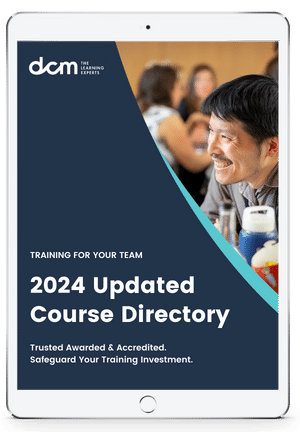Companies can sometimes make the budgeting and forecasting process more difficult than it already is by accepting their laborious, tedious and often frustrating manual processes as status quo. But the secret to a simplified, more harmonious planning future may be right under your nose, in your IT department.
IT teams have spent decades evolving the way software is developed, and today largely apply principles of agile development methodology to quickly complete critical projects and generally operate more efficiently. The success of agile approaches by IT teams has led other departments to borrow these methods to make their own teams more nimble.
Finance teams, which commonly rely on cumbersome spreadsheet templates, email and intranet-based processes—not to mention long delivery cycles—can perhaps benefit the most from applying agile approaches to planning technology investments.
Scrum to increase efficiency and speed
Here are the five key takeaways for your finance team:
1. Increase decision velocity. Scrum teams are at the heart of agile techniques. They are small, cross-functional groups working side-by-side, checking in daily for quick progress updates and problem-solving. Finance can apply this approach with small teams that meet frequently and have the functional authority to make quick decisions to move projects forward. Working at this pace means focusing on the highest priority objectives and establishing well-defined controls such as decision hierarchies and governance criteria.
2. Democratize the data. The best IT architectures create tight standards for data that rely on one system that houses all approved data, a “single source of truth.” Having a single source of truth to plan technology investments eliminates debates over competing for data sets, focuses discussions on insights to support changing business needs, allows faster budget decisions, and fosters collaboration between corporate finance and IT teams.
3. Design assets for reuse. Reusable IT systems are critical for efficiency and are characterized by modularity (independently functioning modules of code) and interoperability (modules interacting seamlessly using standard protocols). But this concept can also apply to “soft assets” like business processes that can be reused.
4. Minimize complexity. Complexity is the enemy of agility. Finance knows the number of people involved in drafting, reviewing, and approving budgets contributes to complexity. Agility invokes fewer people in decision-making. Consider how you can reduce the number of people involved by simplifying lines of accountability and devolving decision-making rights farther down the organization. You might also consider using a tool that can automate approval processes, providing transparency on decision justifications so less manual intervention is required.
5. Rapidly redeploy resources. Agility means resources can be rapidly directed to wherever there is an opportunity or threat. In the broader organization, rapid redeployment means a fungible workforce, cross-trained to switch between roles; access to external labour pools such as on-tap external contractors; and, most importantly, a process that quickly reallocates resources where and when they are needed. Finance and IT planning teams should evaluate whether teams are trained and resourced to meet these needs, or consider implementing elements of these principles.
In a nutshell
Agility may require short-term investments, including those to improve management information systems. Yet, as IT’s agile approach has shown, operating in today’s increasingly uncertain world requires companies to both think and act with much greater flexibility.
PSM Scrum Master Reviews: Stories from Our Customers
Over the past 2 years, almost 3,000 learners (2,819 to be exact) have come to DCM to learn more about scrum and get certified. Read (and watch) their reviews to see how our courses have helped them achieve their career goals.
Inhouse Tailored Training for Your Team
We provide training programs that are developed by industry, for industry. Our range of programs can be delivered in a way that suits the needs of your business to offer your employees learning that is accessible and flexible.
We add value to your business by providing specialised, flexible and scalable training that meets your training needs. As your workforce grows and evolves, our globally certified and industry-validated learning solutions can assess, train and qualify your employees. For more information on how we can help please visit the in-house training page.
Membership, Stay Connected. Stay Relevant.
Completing a program is a point-in-time exercise that delivers huge value, but there is a next step to maintaining the currency of your skills in the ever-evolving professional world.
Membership is the next step.
A unique platform, membership is designed to ensure that you are in tune and up-to-date with the latest tools, trends and developments. Being a member provides just-in-time training and continuous professional development, and an exclusive and evolving content library informed by subject matter experts and industry leaders.







